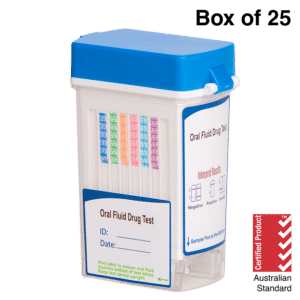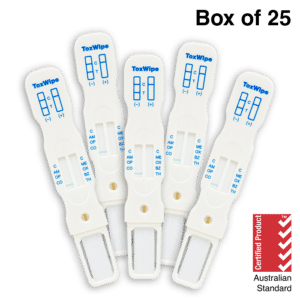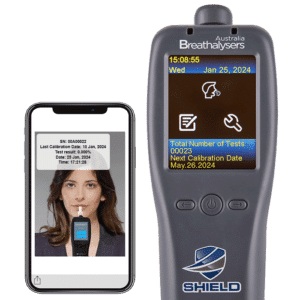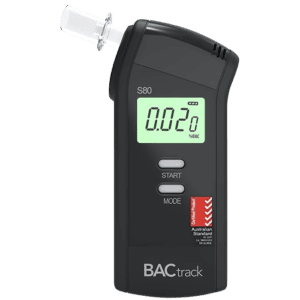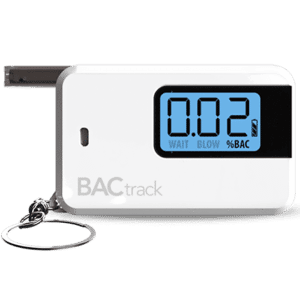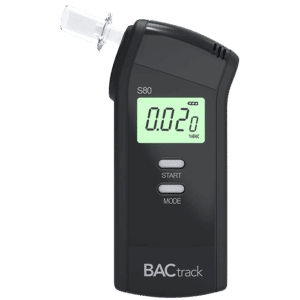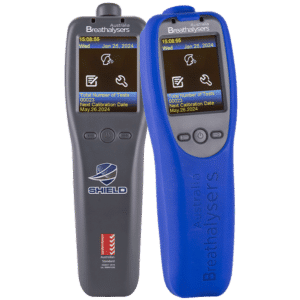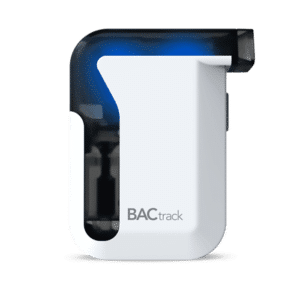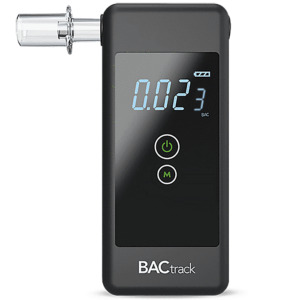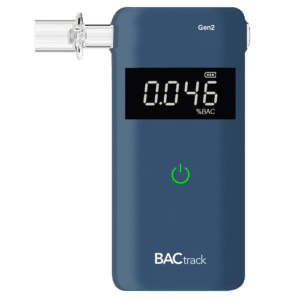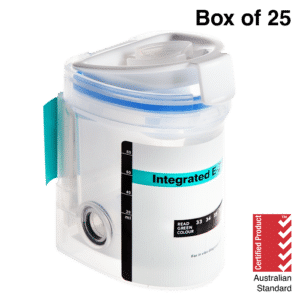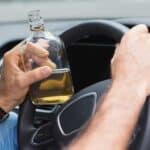Driving Drug And Alcohol Test: What It Is, Cut-Off Levels, and What to Expect If Failed
20 November, 2023
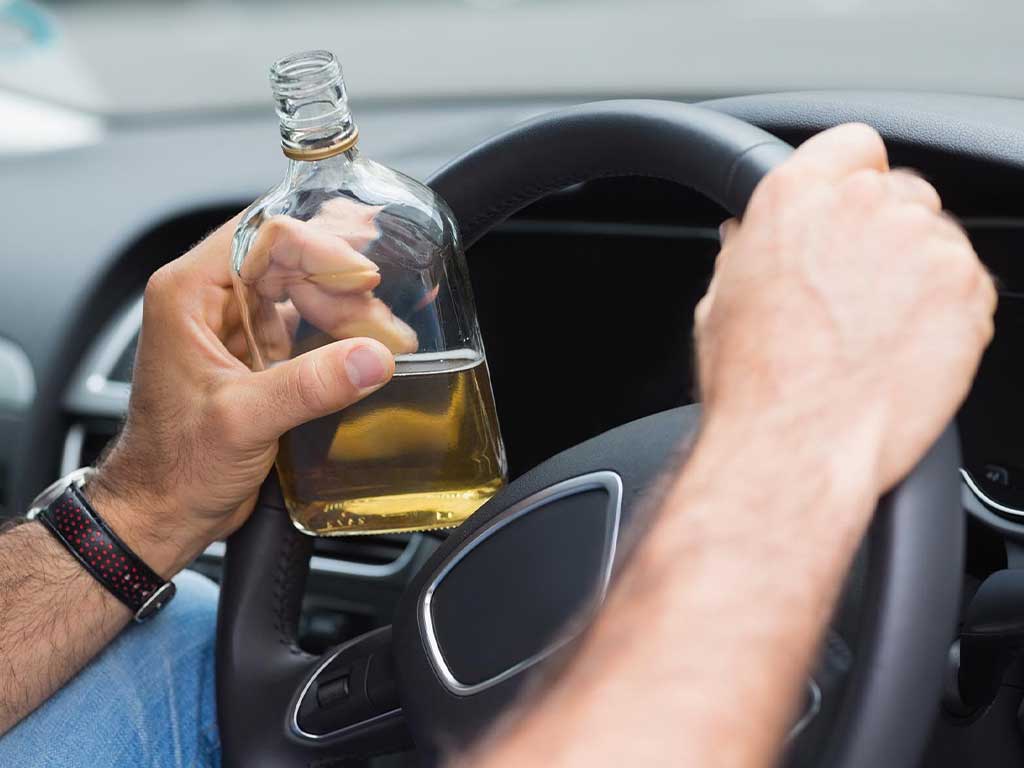
The driving drug and alcohol test is a way for police officers to check if a person is under the influence of drugs or alcohol while operating a motor vehicle. On Australian roads, there are specific rules for each substance. For alcohol, the general legal limit is 0.05% BAC (Blood Alcohol Concentration). Meanwhile, any presence of illicit drugs is a failed test. If a person fails a test, individuals may incur fines, licence suspension, or criminal offence.
Driving Under the Influence (DUI) or drink driving is a leading cause of accidents and fatalities on the road. In response, highway patrols have strict measures to detect and deter impaired driving. These guidelines include testing to determine the presence of substances in the system of the road user or driver. Hence, it is crucial to know different factors to make responsible choices. This article will present the test, including the cut-off levels and what happens after a positive test.
What is Driving Drug and Alcohol Test
A driving drug and alcohol test is an assessment that drivers take to check if they are under the influence of alcohol or illegal drugs. Usually, law enforcement officers conduct the test if they suspect that a driver needs an impairment assessment. Accordingly, the test helps to ensure that people who are driving are not putting themselves or others at risk.
When a police officer suspects impaired driving, they may require the individual to perform tasks such as walking in a straight line or following an object with their eyes. Subsequently, highway patrol units have other testing measures to confirm the presence of drugs or ethanol. Hence, drivers should always be responsible for avoiding any traffic offences.
DUI is not only illegal but also incredibly dangerous. It impairs judgment, gives slower reaction time or poor concentration, and makes it harder to control a motor vehicle. This can lead to accidents, causing injuries and even death. Nevertheless, it is always best to assign a designated driver and use an alternative transport service or public transport if there is any doubt about the ability of a person to drive.
Purpose of the Process
The following are the purposes of the test:
- Ensuring safe roads – authorities can identify and deter people from DUI, reducing the risk of accidents and injuries.
- Upholding legal limits – the test helps enforce legal limits on alcohol content while driving.
- Protecting lives – the test exists to protect the lives of drivers, passengers, and pedestrians.
- Legal compliance – this serves as a tool for drivers to comply with laws and regulations.
- Identifying pattern of abuse – the test serves as a means to identify patterns of substance abuse.
- Mandatory requirement – sometimes, the test is used as a requirement for obtaining a driver’s licence.

Cut-Off Levels and Legal Limits in a Driving Drug and Alcohol Test
In Australia, certain laws regulate driving drug and alcohol tests. When police suspect a DUI case, they may conduct the test to determine if the driver is in violation. For ethanol, the legal limit for most drivers is a BAC of 0.05%. This means that if a driver has an alcohol level of 0.05% or higher, they are considered guilty of drink driving.
For some drivers, such as learner drivers and professional drivers, the legal limit is even stricter at 0.00% to 0.02%. This is because these drivers need to exercise greater caution due to their lack of experience or the nature of their profession. When it comes to illegal drugs, Australian states and territories have a zero-tolerance policy in place.
Nevertheless, different substances have distinct cut-off levels. These are the minimum concentrations of drugs that will trigger a positive result. For instance, the threshold for the component in cannabis is 15 nanograms per millilitre of saliva. Meanwhile, methamphetamine is 25 nanograms per millilitre of saliva. Consequently, exceeding these levels can lead to penalties.
Types of Tests to Detect Substance Use
Several types of tests can be used to detect substance use. The standard method is the oral fluid test, which involves collecting saliva samples. Urine tests may be required at a police station. This type of test has a wider detection window than the saliva tests.
Blood tests are the most accurate method, as they can measure the actual levels of drugs or alcohol in the bloodstream. Hair tests are another option. This type of test can provide a longer detection window, usually three months. Lastly, breathalyser tests are a non-invasive way to monitor alcohol use, as they measure the alcohol breath.
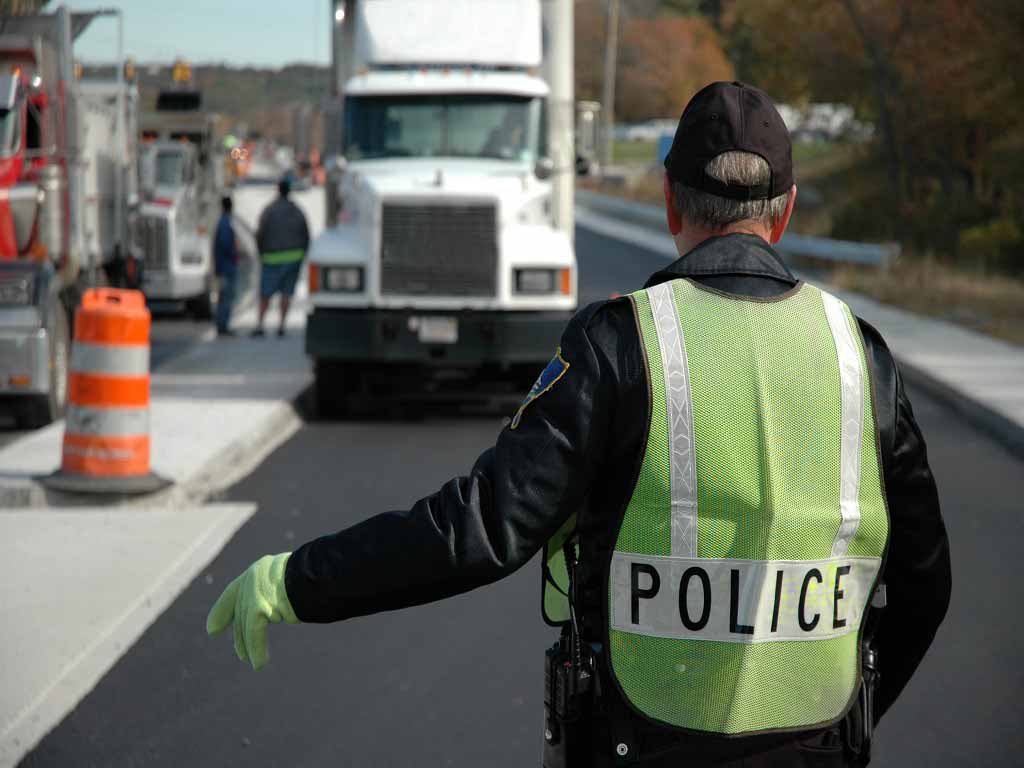
What Happens After a Positive Driving Drug and Alcohol Test Result
After receiving a positive driving drug and alcohol test, several kinds of charges may occur. Firstly, the person may receive a suspension notice for driving. This may include the licence disqualification or suspension. Secondly, the person may have to pay fines or legal fees. These financial penalties can be significant and add to the overall cost of the situation.
Thirdly, the person may face legal consequences, including the possibility of being charged with criminal offences. Depending on the situation and applicable laws, the person may even face jail time. Accordingly, authorities may also require the driver to add an alcohol interlock device to the vehicle. This requires a person to blow in a breathalyser before starting the car.
Additionally, the insurance rates of the person for driving may increase significantly. Also, the driver may obtain specialised high-risk insurance, resulting in a higher financial burden. Nevertheless, a positive test can have serious and far-reaching consequences. Thus, it is essential to understand the potential outcomes of DUI of substances.
Can an Individual Request for a Confirmatory Testing
In the context of a DUI of substances, an individual may have the right to request confirmatory testing. This is when the person believes that the initial test result is inaccurate. Confirmatory testing is a secondary test that occurs to verify the accuracy of the initial test result. The blood test is a common procedure.
This is important because an inaccurate result can have serious consequences. It may result in an unfair loss of driving privileges or unreasonable penalties. By requesting confirmatory testing, the individual can ensure that they exercise their rights and that the test result is reliable and valid.
Conclusion
In conclusion, driving drug and alcohol tests are crucial for ensuring the safety of individuals on the road. These tests help identify individuals who may be impaired due to substance abuse and prevent them from operating a vehicle. It provides numerous purposes, such as safety, adhering to legal limits, legal compliance, and acting as a mandatory requirement. Accordingly, the general legal limit for alcohol is 0.05 and a stricter threshold of 0.00.% to 0.02% for professional drivers or learners.
Subsequently, for drug use, the general limit is zero. Authorities can conduct the test using different testing methods such as saliva testing, urine testing, blood testing, hair testing, and breath testing. Nevertheless, it is crucial to know the consequences of violating the limits. This may include suspension of licences, fines, legal issues, and interlock programs. Also, it is vital to know that a person with a positive result can request confirmatory testing.















